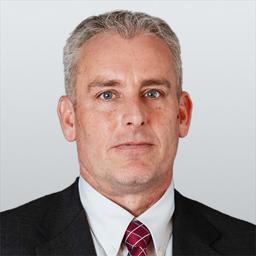Homeless individuals have an average life expectancy of 50 years and suffer from sudden death at rates significantly higher than the rest of the population, according to a recent study by the University of California–San Francisco.
Researchers identified drug overdose and substance abuse disorders as primary causes in many homeless deaths, with untreated medical issues and infections also playing a role.
“The disparities identified in this study underscore the profound adverse association of housing status with health and potentially preventable sudden mortality,” the authors, including Leila Haghighat, cardiologist and university fellow and Zian H. Tseng, cardiologist and professor of medicine, wrote in the report.
Published in the Journal of the American Medical Association’s Internal Medicine publication Oct. 23, the study—reviewing eight years of data between February 2011 and December 2018—found a 16-fold increase of death in those experiencing homelessness, noting drug addiction and unsanitary living conditions as key contributors.
“While the high rate of substance use in the unhoused population has been long recognized, our study demonstrates its association with early, specifically sudden, mortality and its true impact among the unhoused population,” the authors wrote. “Redoubled efforts to treat substance use, including safe prescribing patterns and naloxone distribution, may reduce both overdose rates and heart failure in the unhoused population.”
Though not counted in the study, more than 620 fentanyl overdose deaths have occurred in San Francisco so far this year, according to the city’s medical examiner, though the precise number of homeless individuals involved is unclear. With the study ending in 2018 and thus excluding the timeframe when fentanyl deaths spiked in California and nationwide, some suggest updated cause of death studies will reflect higher percentages of overdoses.
While drug-related deaths for the unhoused contributed to the higher rates reported in the study, after removing such instances, deaths remained seven times higher than in the housed population, suggesting other factors are at play, according to the report.
Statistics show sudden deaths in housed individuals are generally related to cardiac events that are preventable with a defibrillator—including heart attacks—and while the percentage of homeless experiencing such medical episodes is lower, the rate at which they die is higher.
Given the nature of such deaths in the unhoused, the authors suggested increasing the availability of defibrillation devices by installing them in areas prone to high levels of homelessness and focusing on drug abuse education and treatment approaches.
“Redoubled efforts to treat substance use, including safe prescribing patterns and naloxone distribution, may reduce both overdose rates and heart failure in the unhoused population,” the authors wrote.
With the fourth highest rate of homelessness in the nation, approximately 4,400 people live on the streets of San Francisco while another 3,400 sleep in shelters every night, according to the latest point-in-time count from 2022.
About eight percent of homeless in the city are veterans and approximately 13 percent are youth, according to a report released by the city in July.







